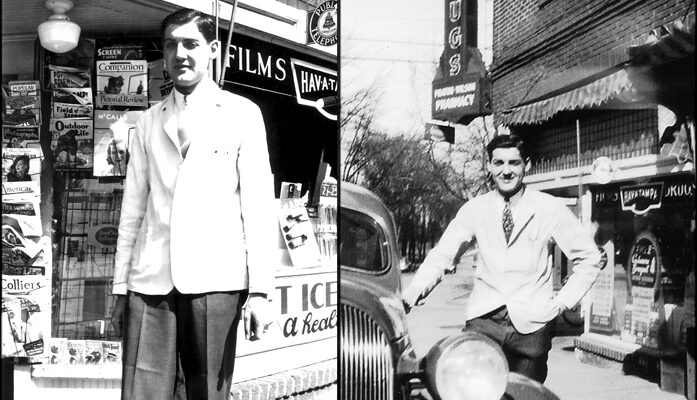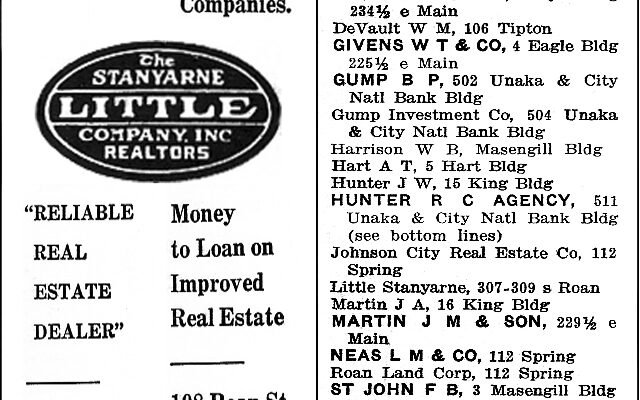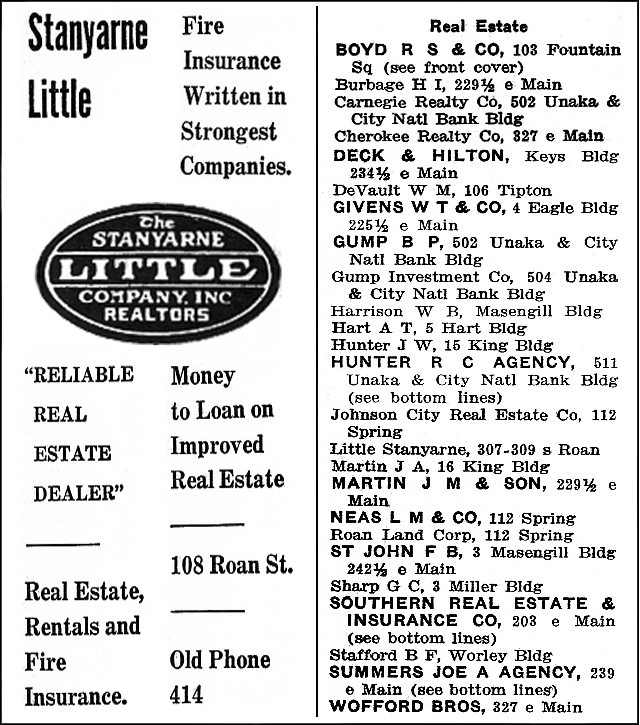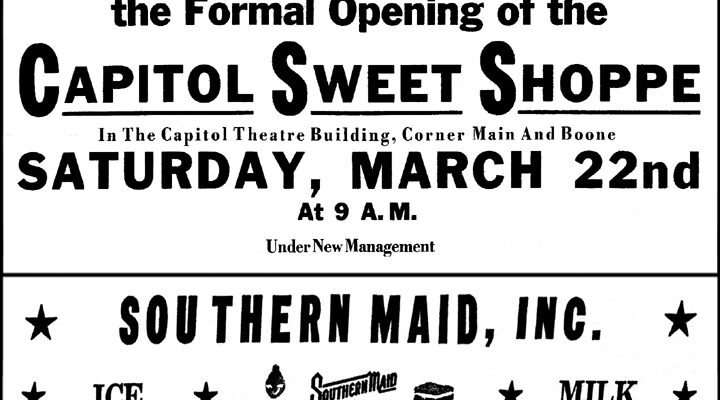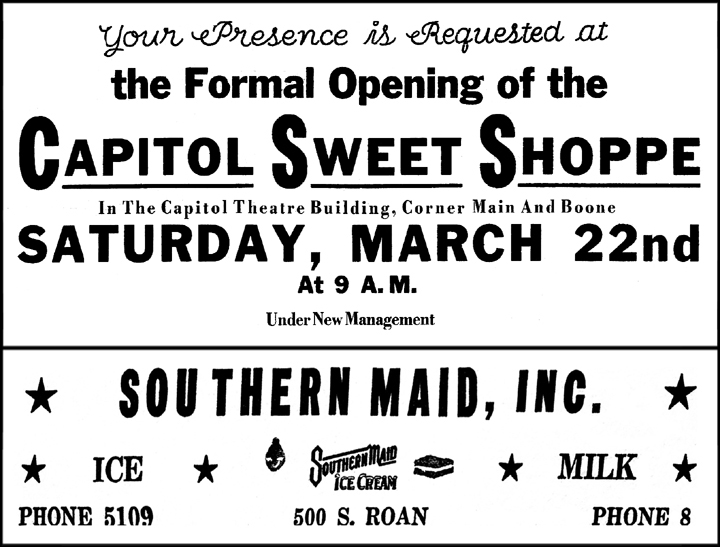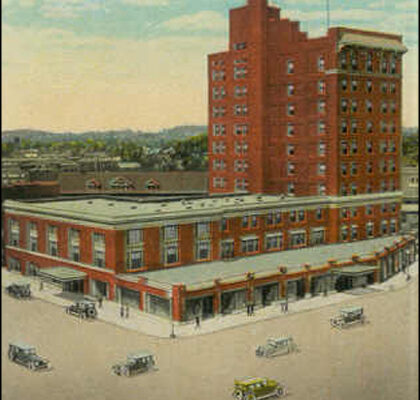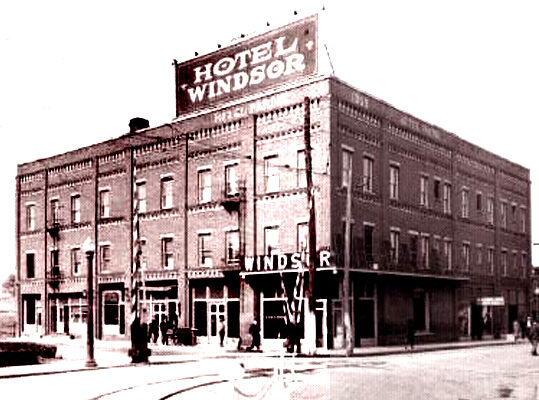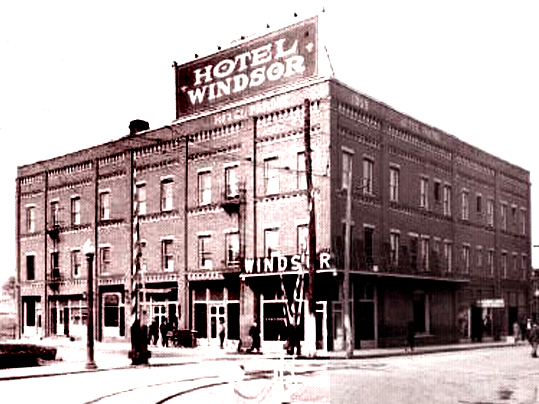On June 10, 1984, Scott Pratt, Johnson City Press-Chronicle staff writer, composed an article titled, “The First Issue – So Different and So Familiar.” It concerned the 50th anniversary of the newspaper, which began publication on June 12, 1934.”
Vol. 1, No. 1 consisted of 20 pages and cost two cents. The lead story on the front page, among 28 others, dealth with Congress passing the National Recovery Act (NRA) that authorized the president to regulate industry to stimulate the economy. A small emblem containing an eagle and the words “NRA Member – We Do Our Part” was positioned on each side of the newspaper title.
Another front page news item was titled, “Tennessee Hotels Ask State Commission For Lower Telephone Rate.” Only one news story was written by a local reporter, but that would soon change.
Other front page news accounts (and the reporting city) included: “Malaria Control Project Is Started in Memphis” (Nashville), “Cuban Store Robbed” (Havana), “12 American Women Bow Before Royalty” (London), “Car Drivers Ask For Police Protection” (Chattanooga), “(Dionne) Quintuplets Gain Slightly in Weight” (born two months prematurely, gained 2.5 ounces in one day, Ontario), “Tax Exempt (Old) Cotton Will Be Tagged” (to avoid payment, Washington) and “Congress Ready to End Session” (Washington).

Members of the Police Department Post in Front of the Central Fire Hall on E. Main Street
A perusal of Pratt's half-century edition offered a delightful look not only at an emergent stage of journalism, but also of an era of Americana that has long since vanished.
Studebaker stock sold at $5.50 per share with Packard Motors posting at $4.
The weather forecast was printed in the upper left corner of the front page. Only general forecasts for Tennessee and North Carolina were provided. The first one said, “Generally fair tonight and tomorrow.” The second was a bit more specific: Local thundershowers tonight; Wednesday generally fair.” That was it. No temperatures were listed and no forecasts were offered beyond that night.
Local businesses in 1934 advertised pretty much as they do today. Although the content of the ads has not changed much, the style certainly has. For instance, Jigger Milligan announced in an ad his takeover of Checker Cab.
Hamilton Bank advertised three percent earnings on savings and certificates of deposit. Appalachian Funeral Home announced that they had inhalation and ambulance services available. All it took was a “Number please…Thank you” phone call to 342.
Beckner's Jewelers was around then, as was Sterchi Brothers and Sam Sells had opened his Kings Department Store just seven years prior.
Ferdinand Powell, a general agent for Atlantic Life, placed an ad containing a clever advertising slogan: “Honesty, it's the best policy.” That was it.
A potion dubbed S.S.S. Tonic pointed out in an advertisement that the human body often operated with only 70-75 percent healthy blood volume. Another ad encouraged the reader to “pull the trigger on constipation.” Enough said.
Missing from the paper in 1934 were television listings. Instead, radio programs were provided. Unlike TV, radio challenged the listener's power of the imagination.
For all the enjoyment gained by reading the first Johnson City Press, one thing sticks out. At the left top side of the front page, the headline reads, “Coury-Wide Strike Threat Grows Serious.” It correct spelling should have been “Country, not “Counry”.
Pratt concluded that some things, including typographical errors, never seem to change. They can elusively slip past even the most observant writer and attentive proofreader.

